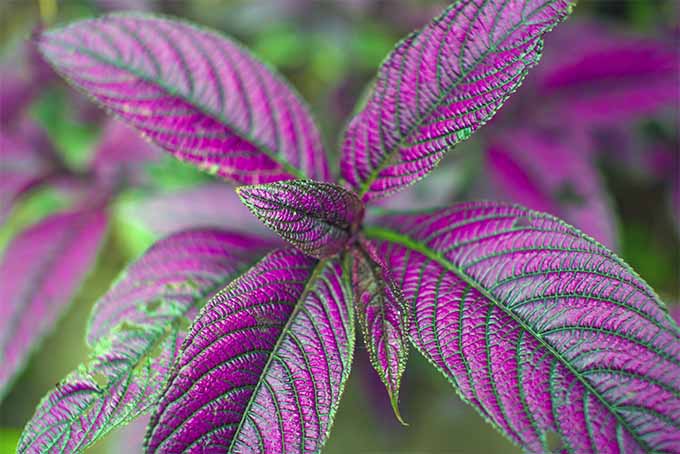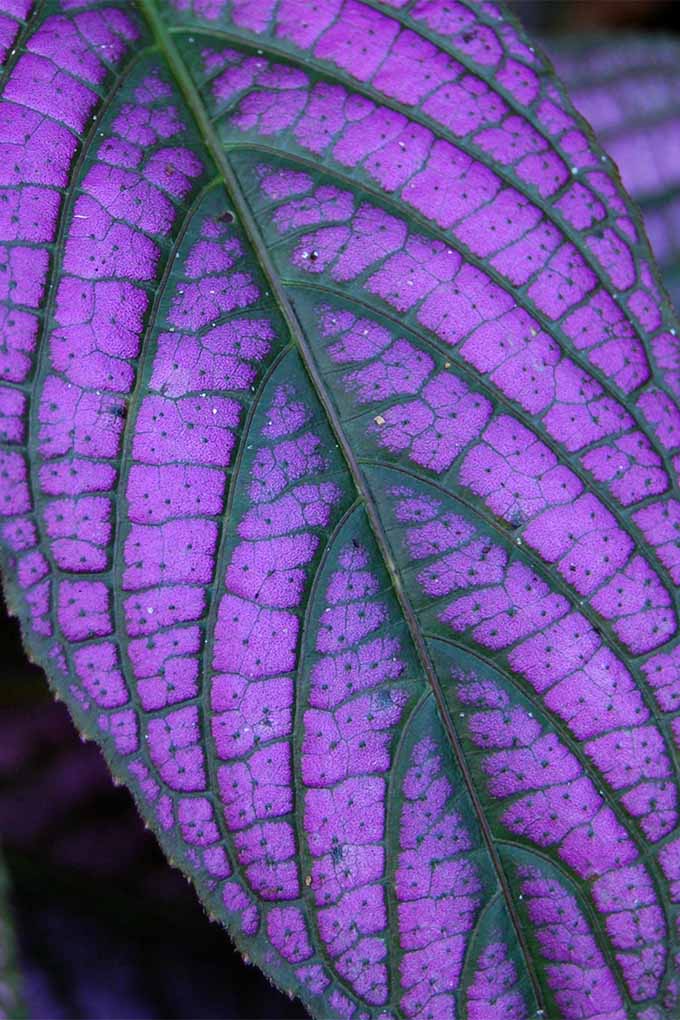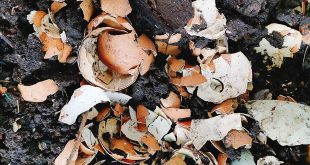STROBILANTHES DYERIANUS
Persian shield (Strobilanthes dyerianus) is a stunning ornamental plant that comes from the warm and humid nation of Myanmar and grows there as an evergreen perennial.
It belongs to the Acanthaceae family, which mainly consists of flowering tropical plants.
With its unique iridescent purple leaves, S. dyerianus has had no difficulty in attracting the attention of US gardeners and is now grown here as an annual, perennial and houseplant.
Exotic and intense
This striking tropical species, sometimes called Bermuda conehead, thrives on heat and moisture and delivers its most brilliant color in partially shaded locations.

Its leaves shimmer positively in neon violet tones, veined green. With too much light, the colors are less impressive.
The leaves of S. dyerianus are about six inches long and stems can reach three feet. In regions where the plant thrives all year round, small, tubular, conical blue flowers bloom in autumn or winter. They remind me a little of Virginia Bluebells and accompany the shiny tropical foliage in an unusual way.
In cooler regions where there is grows as a summer yearbookThe Persian shield usually succumbs to frost before flowering.

Use a high quality potting soil and a container with sufficient drainage holes for indoor growing. Keep the soil moderately moist by watering it weekly. Fertilize quarterly with a slow-acting fertilizer according to the package instructions.
I multiply new plants by cutting young stems about two inches in length, placing them in a cup of water until roots form, and then planting them in soil.
Where to buy
plant S. dyerianus outside in the garden or cultivate indoors as houseplants.
Strobilanthes Dyerianus plant facts
- Easily grows from seeds or cuttings
- Iridescent green veined purple leaves, small blue flowers
- Can be more than three feet high
- Organically rich, well-drained soil
- Partial to full shade; tolerates sun in cool areas
- Thrives in heat and moisture
- Tropical species that do an excellent houseplant or garden specimen
- Perennial zone 8 to 11, annually in cooler regions
Versatile and lively
Persian Shield is a stunning plant that can be enjoyed in several ways.

Let it reach its full height by ruthlessly spreading its bright, tropical foliage over a garden bed and providing a shiny backdrop for foreground planting.
Or pinch it back, sacrifice height, but achieve a bushy and compact plant for a more formal one.
And finally, if you are in a cool climate zone, bring plants for the winter in the house or keep them as easy-care houseplants in the house. Pinch back at will.
If you live in the south, you can see the blue flowers of the Persian shield in your autumn or winter garden.
You can find more ideas for late blooming flowers in our article “Autumn yearbooks for the south. ”
Does the Persian shield grow in your garden or in an indoor container? Share your experience with this unusual tropical species in the comments below.




